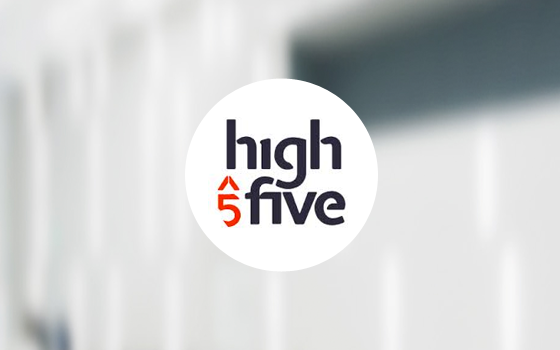The Value of Trust
In observing all of the conversations Ive had with people looking for web assistance of some kind over the years, Ive noticed a pattern. It seems pretty clear to me that the main thing people are looking for when scouting potential web developers is trust.
Trust. Trust in what? Well, this answer seems to be a bit of a cheat in that trust could be viewed as the safe resolution to the process of need. With that view, I could probably get away with saying that trust is everything. Clients to be need to know that we as a company and individuals have the capacity to care and interest in caring about them – not just for the project but for the long haul. And, most of all, they want to know that we can get the job done. Clients to be are basically evaluating their trust prospects.
The State of Trust
My grandfather owned an exceptionally successful autobody shop for the entirety of his professional life. It was a guarantee that every single client to be that walked through his door was exceptionally unhappy – because their car was wrecked! Most of our potential clients are in an analogous boat. He and those around him attributed his success to two things. One was his personality. For some reason, when people started speaking with him they immediately felt a little more relaxed. He was warm, optimistic and confident and that simply rubbed off on people, it made them feel that they were safe. The second was his motto, which was get it done right the first time. He practiced this through all aspects of his life, and it really paid off in business. It doesnt take long for a customer to realize when things are going wrong, or right. Everyone is used to bad service, missed deadlines, incorrectly set expectations, the whole bag. All of those things erode trust. Most customers show up to a relationship with negative trust equity, a.k.a suspicion.
How We Sell Trust
So how do we sell trust? Basically, it all boils down to honesty. Probably at least half of the people I speak with we cant help. My primary role of a finder is to let the right types of clients in the door. So, in a sense, the first step is for our trust to be earned by the client to be. When Im on the phone with someone for the first time Im evaluating them, their company and their need. If everything lines up, I open the door by inviting them to a web meeting. The majority of conversations dont get that far, and that is a positive thing. We need to be very honest with ourselves in regard to the type of work we can excel at; anything else needs to be turned away.
Once we identify a prospect that we believe is a good fit for us, the trust onus is once again on me. My method of selling trust is to demonstrate very clearly how we get the job done right the first time. It is my job to surface all the questions the client has, to examine every aspect of the need, and to demonstrate exactly how we would go about solving it. Im making a LOT of promises at this stage, and I need to be very careful Im not writing checks we cant cash. After that, sometimes weve earned the trust investment and sometimes we havent. Losing stinks, but it is usually coupled with learning.
How We Back It Up
With an autobody shop, getting it right the first time is sort of straightforward. The car is broken and bent – and the task is to make it fixed and not bent, and do it perfectly. While the process of doing that is complicated, any casual observer could say what needs to be done in basic terms. With a website it is a little different and much more subjective. There is so much noise out there, so many possible options. Before you can even begin rebuilding a site you need to do some serious planning with the client.
How do we, as web developers get it right the first time? Well, we dont! It is impossible, as we learned rather painfully from 1995-2000. In those days, wed get it wrong all the time, despite immensely difficult work, boatloads of passion and intricately detailed specification documents. It was baffling, fearsome and sort of sad. What we realized is that the only way to get the whole project to go right the first time was to actually build the site twice – but we couldnt double the budget… or the schedule. Amazingly, we did figure out how to pull this off. The solution was our Grayscreen Prototyping process. Through prototyping, we ensure that we know exactly what the client needs and that our clients know exactly how were going to serve each need. This is the first step of our process. An initial prototype (which is a real, clickable website) is built within the first few weeks of the project. Once the client sees how easy the prototype is to use and how quickly we can edit it to reflect their needs, the trust party begins and we all start to have a lot of fun. Seriously.
When a promiser actually does follows through, it flips the game and immediately creates a significant bond. In autobody and web development, it is the promisers job to accurately diagnose the need, to properly frame the solution for the clients understanding and to effectively implement that solution. If you do that once for a person, they wont forget it and maybe someday they might need your services again, or know someone else that might. Eventually the process of tipping the trust equity scale will catch up with you, and after seeing what it has done for us, Id argue that there is no better form of marketing.


